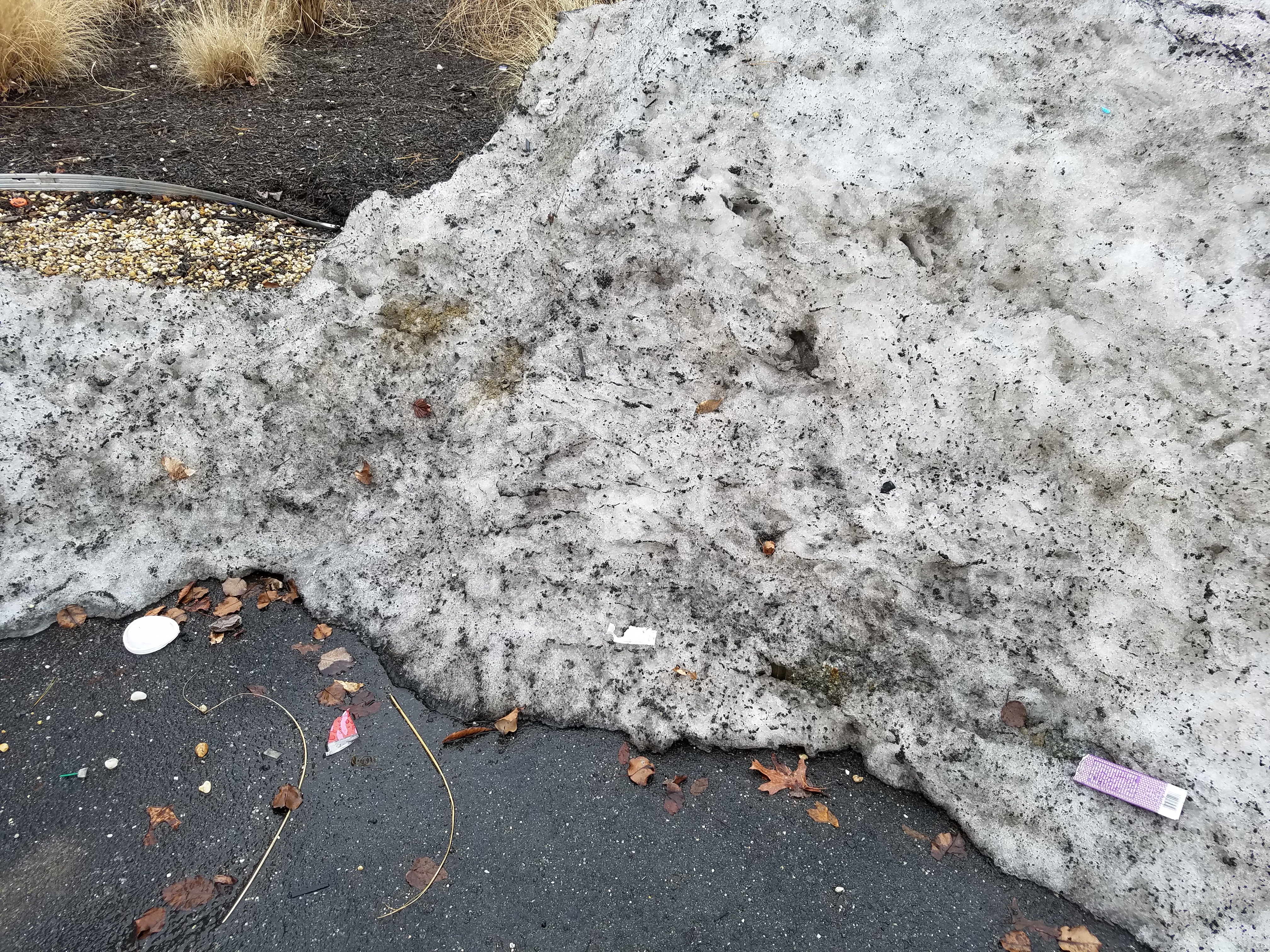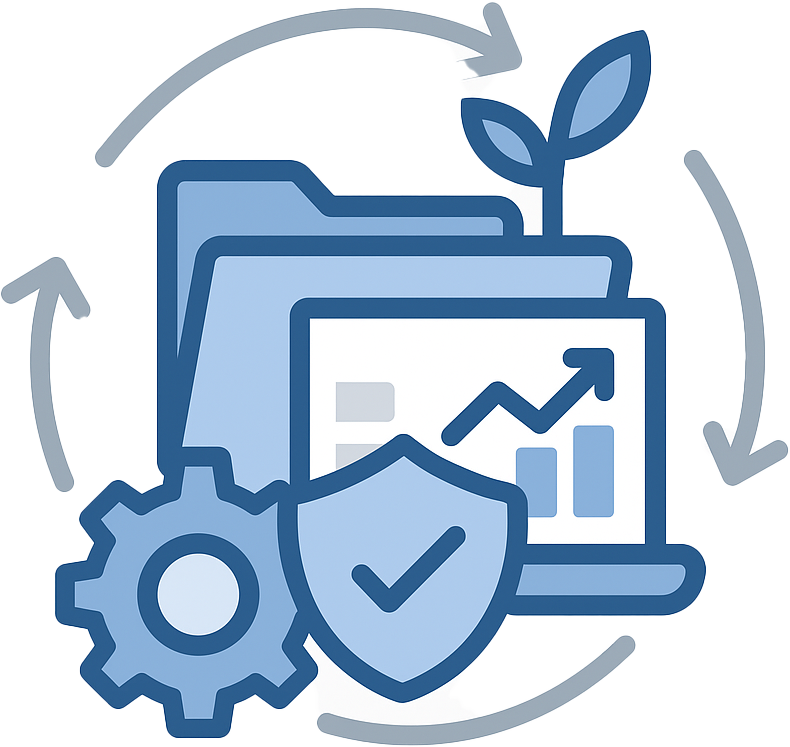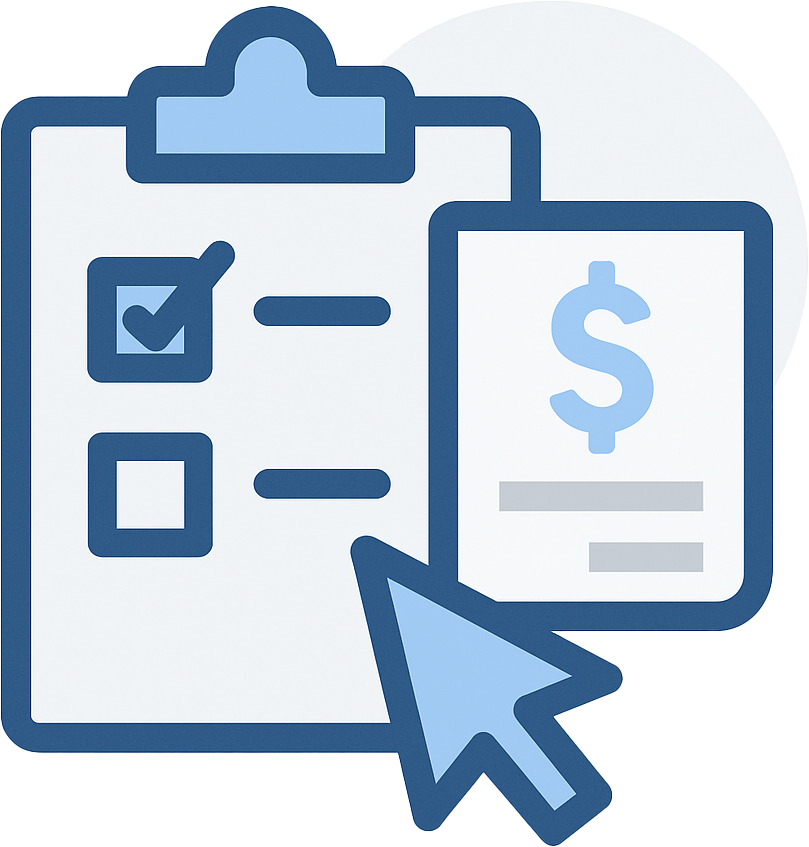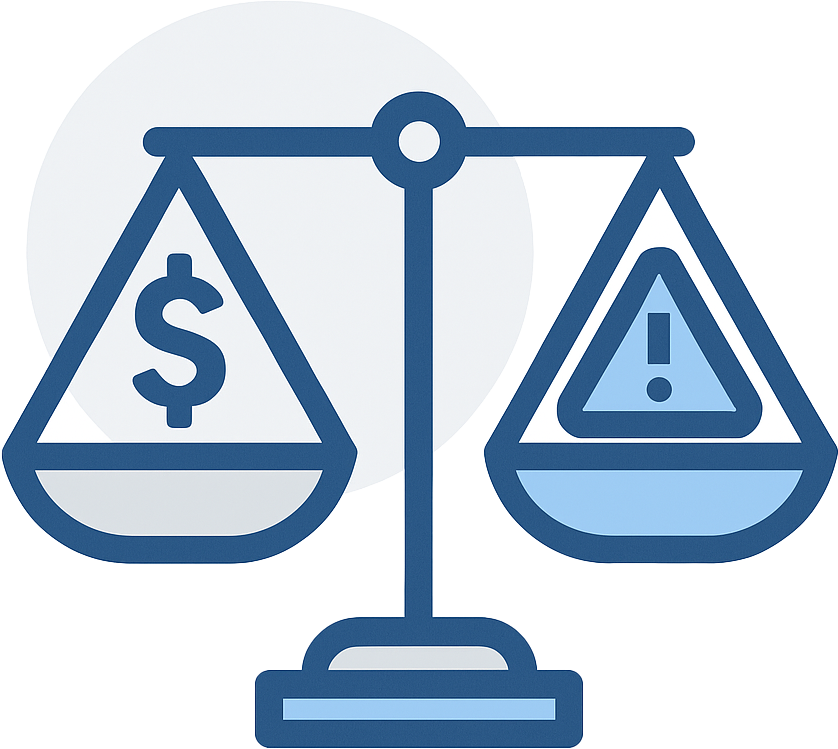Learn when you can use melting snow, or snowmelt, as a stormwater sample.
Living in New Jersey, I've gotten used to cold winters. Snow, nor'easters, the sun setting early, you name it. It's just a fact of life living here in the North East. One thing that rings true for my clients here in New Jersey, over in Pennsylvania, up in New York, and all throughout the region is that when it gets cold out, certain aspects of the business change.
One thing that many clients have to deal with is frozen water, which can be an issue when it comes to dealing with NPDES stormwater permits. Pipes get clogged with ice, the ground gets covered in snow, and life under your stormwater permit can get pretty tricky.
Many customers ask for guidance with what they should do, if they can use snowmelt, or if they can just get out of sampling that month, quarter, whatever. So, let's shine some light on the subject and discuss ice, snowmelt, and how it impacts your stormwater program.
Can you use snowmelt as a stormwater sample?
Most regulated facilities who have to take regular stormwater samples and send them off to a lab for analysis (what we would call analytical monitoring), and those who may have to scoop up samples and visually inspect them (visual inspections), have to do so on a quarterly basis. That means that the first quarter sampling has to occur during the months of January, February, and March. For much of the country, that's winter, and for many of us, that means snow. The fourth quarter of the year (October, November, and December) can also get snowy and frozen in many places in the U.S., meaning that if you didn't get your sample done in October before the snow falls, you might be forced to do it during frozen, snowy conditions. Even if you only have to do semi-annual sampling or annual sampling, failing to plan it out correctly might mean that you may be forced to take your sample during frozen, snowy conditions.
But wait a second, stormwater samples? Stormwater as in rainfall that fell from the sky, hit my site, and is now running off / being discharged to a stream, river, lake, catch basin, or similar? What does this have to do with snow? Snow isn't stormwater, right?
Wrong. Maybe they should call it "precipitation sampling" rather than stormwater sampling. Because you can, and in some cases are forced to, take a sample of the precipitation which fell onto your site, whether from rain or from snowfall.
This may pose a problem. You see, your NPDES stormwater discharge permit likely says you can sample and monitor both stormwater and snowmelt. Not snowfall and snowmelt.
What's that mean? Let's start with stormwater runoff discharge. It rains, it hits your site, it runs off, you sample it at your outfall location. What you can't do is catch that rainfall in a bucket, then collect your sample from the bucket and have it analyzed. That's the very, very wrong way of doing things.
For snow, it's kind of the same thing. It snows, snow lands on your site, but it sits there. And sits there. And sits there. Until it finally warms up, and it melts. THEN you take your sample, after the snowmelt has begun. Most permits state you're supposed to get your sample within the first 30 minutes of the discharge of snow melt.
You can use snowmelt for a stormwater sample.
There, that's your answer. But my advice, don't do it. I can tell you from experience this is much, much harder to do than it sounds.
How do you know when it's going to melt? How do you know when the discharge started? Suppose it snowed in January, and it warmed up one day in March. Suppose it was a Sunday. Will you be there? Will you get your sample correctly?
But the biggest reason of all is illustrated by this picture:

What do you see? To me, it's a fairly typical pile of snow, in a parking lot, by the side of the road. When I go to industrial facilities in winter I see things similar to this. It's dirty, in fact very dirty. There's trash in it. Do you think this snowmelt will give you a good stormwater sample? If it was up to me I wouldn't sample this stuff.
When snow is falling, few are thinking of what they can do to "keep it clean". It's got to get cleared and piled up, and usually quickly. Then it sits there, and more dirty snow gets added. And so on, and so on, until the spring melt comes.
So I say again, is this really what you want to sample?
Don't use snowmelt for a stormwater sample.
Get your sample of stormwater runoff, from normal old plain-jane rainfall.
Do your BMPs, like keep your site clean and free of potential contaminants, so that your discharge sample is clean and indicative of normal site conditions. Get it when you can, as early as you can. Fourth quarter of a year? Get it in October at the first chance. Don't wait until December to sample this slop. First quarter of the year? Tough call here, since you don't want to miss sampling opportunities, and if snow melt is all you can get, so be it, you have to get it. But if you can avoid it, avoid it. If you can wait until it rains (and hopefully the snow is gone), then get that first stormwater runoff sample, not snowmelt samples. If you're doing semi-annual sampling, get the first sample in spring, and second sample in summer. Plenty of opportunities, unless you're in a drought!
This also raises an interesting question though. You ARE responsible for the quality of the snowmelt runoff, as harsh as that may seem. Where did that dirt and trash come from? Your site? Neighboring areas? Nearby roads? Any ideas? So maybe, you ought to include some BMPs in your Stormwater Pollution Prevention Plan regarding snow plowing, site cleaning, and where snow is piled. Not a bad idea, since you really ought to strive to have clean snowmelt, or at least as clean as you can get it.
But sample snowmelt? You might be allowed to by your NPDES stormwater discharge permit, and you might be forced into it by a cold winter and need for obtaining samples, but we say avoid it. It comes with too many problems.
As environmental consultants doing a very large amount of NPDES stormwater permitting work coast to coast, we spend a lot of time training facilities and permit holders how, when and why to take stormwater samples for visual or analytical monitoring. More and more, the results obtained are becoming the yardstick for measuring compliance at a facility. Simply put, take your stormwater sample the wrong way, and you're probably going to get bad results. So understanding how to take stormwater samples is critical, since failure to do it correctly and you're probably going to get in trouble one way or the other, whether it's a fine, being forced to monitor more frequently, or just a black mark against you as a Notice of Violation. Regardless of what happens, taking your stormwater sample the wrong way is bad business.
To learn more about taking a good stormwater sample, click here to contact us or give us a shout at 609-693-8301 to talk to one of our stormwater experts.











